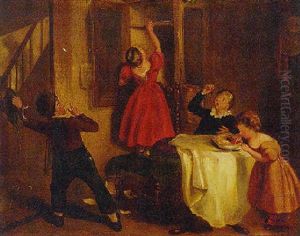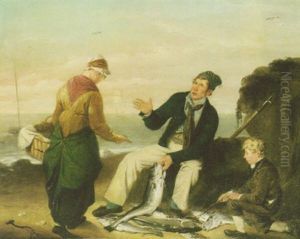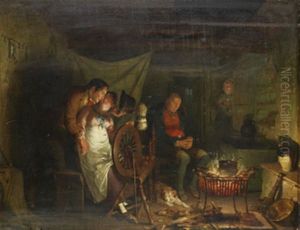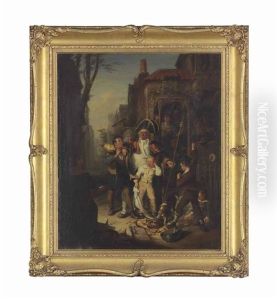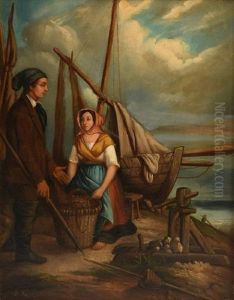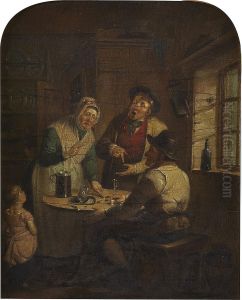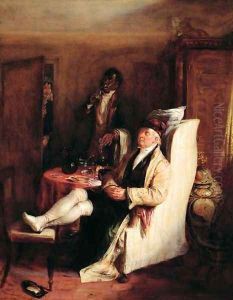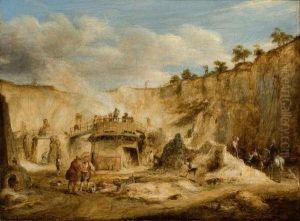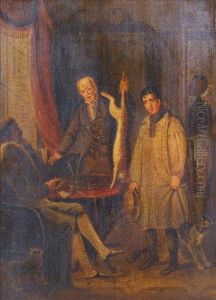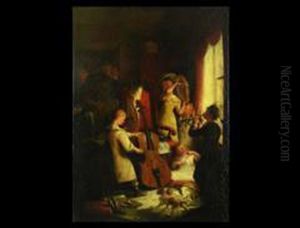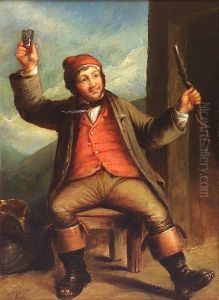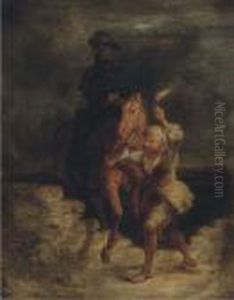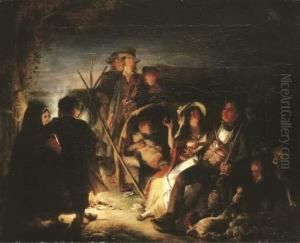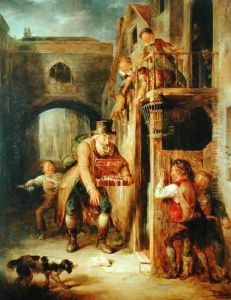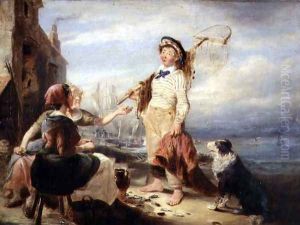William Kidd Paintings
William Kidd, also known as Captain Kidd, was not a traditional artist in the sense of painting or sculpture, but his life story has been a rich source of inspiration for art, literature, and folklore. Born around 1654 in Scotland, Kidd began his seafaring career at a young age, and it wasn't long before he was drawn into the world of privateering. By the late 17th century, the lines between privateering (state-sanctioned piracy) and outright piracy were increasingly blurred, and Kidd found himself navigating these murky waters. Initially commissioned by the English government to target pirates and French vessels in the Indian Ocean, Kidd's mission quickly spiraled out of control. Accusations of piracy were levied against him when he attacked an Armenian ship, the Quedagh Merchant, which was allegedly under French protection. Kidd's attempts to clear his name were unsuccessful, and upon his return to New York, he was arrested and sent to England for trial. Despite his assertions of innocence and claims that he had been acting within the parameters of his commission, Kidd was found guilty of piracy and murder (the latter charge stemming from an incident where he allegedly killed a crew member with a bucket during a dispute). He was executed by hanging in London in 1701. Kidd's story has fascinated people for centuries, not just because of the romantic allure of piracy, but also because of the questions it raises about legality, morality, and the fine line between privateering and piracy. His life has been depicted in numerous books, plays, films, and songs, turning Captain Kidd into a legendary figure whose real history is as captivating as the myths that surround him.

